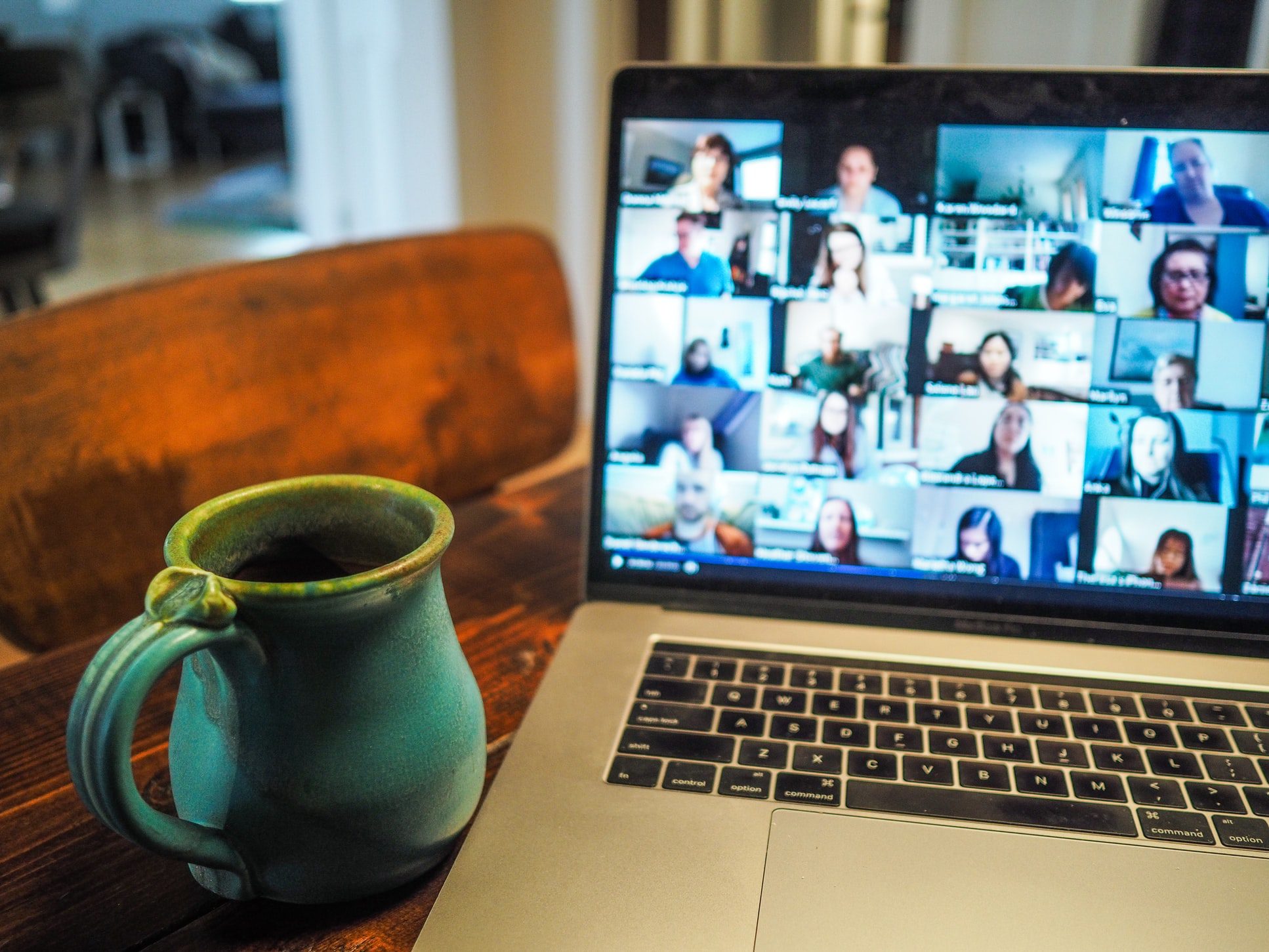Introduction
Healthcare has always been an essential service, but the need for efficient and accessible healthcare solutions has never been more evident. As healthcare demands rise, finding effective ways to staff medical offices and clinics becomes increasingly important. Remote healthcare staffing is quickly emerging as a solution to meet these demands.
Remote staffing offers a variety of benefits for healthcare providers. It helps cut down operational costs, ensures flexibility, and allows for a wider reach in finding skilled professionals. With the technology we have today, remote workers can handle many tasks just as efficiently, if not more so, than on-site staff.
But it’s not just about saving money. Remote healthcare staffing can also lead to better patient care. When administrative tasks are managed remotely, in-house staff can focus more on patient interactions. This leads to a smoother experience for everyone involved. By adopting remote staffing, healthcare facilities can also become more adaptable to changes and challenges, ensuring continuity in patient care.
The growing need for remote healthcare staffing solutions highlights the importance of finding innovative ways to provide quality healthcare services. As we explore this topic, it’s clear that remote staffing is becoming a key component in meeting the healthcare needs of today and tomorrow.
Advantages of Remote Healthcare Staffing
Remote healthcare staffing offers numerous advantages that make it a compelling choice for many healthcare facilities. One of the most significant benefits is cost savings. By hiring remote staff, healthcare providers can reduce expenses associated with in-house employees, such as office space, utilities, and other overhead costs. This allows more resources to be allocated toward patient care and other essential services.
Flexibility is another major advantage. Remote staffing enables healthcare facilities to adjust their workforce size based on demand. During peak times, such as flu season, additional remote staff can be brought on board to handle the increased workload. This adaptability ensures that patient care remains consistent without the burden of maintaining a larger permanent staff.
Access to a wider talent pool is also a key benefit. When not limited by geographic location, healthcare providers can recruit the best professionals from around the world. This can lead to higher quality care and more specialized services, which might be hard to find locally. Additionally, remote staffing can lead to improved job satisfaction and retention rates, as many professionals appreciate the flexibility and work-life balance that remote roles offer.
Key Roles Suitable for Remote Healthcare Staffing
Several key roles in healthcare are highly suitable for remote staffing. Here are some positions where remote work can be particularly effective:
- Medical Billers and Coders: These professionals handle billing and coding for insurance claims. They can work from anywhere, ensuring accurate and timely processing of claims, which helps maintain a steady cash flow.
- Patient Care Coordinators: Remote coordinators can manage appointment scheduling, patient follow-ups, and administrative tasks. This helps streamline operations and allows in-house staff to focus more on direct patient care.
- Telehealth Nurses: Nurses can provide remote patient monitoring, consultation, and support via telehealth platforms. This expands the reach of healthcare services, especially for patients in rural or underserved areas.
- Administrative Assistants: Remote administrative assistants can handle tasks such as answering calls, managing emails, and organizing patient records. Their support keeps the practice running smoothly without the need for additional on-site staff.
- Customer Support Representatives: These professionals ensure patient inquiries and concerns are addressed promptly. They enhance the patient experience by providing timely and effective communication.
By utilizing remote staffing for these roles, healthcare facilities can maintain efficient operations, reduce costs, and offer high-quality care. Each of these positions plays a crucial role in ensuring that the healthcare facility runs smoothly, even when staff are not physically present.
Overcoming Challenges in Remote Healthcare Staffing
While remote healthcare staffing offers many advantages, it also comes with some challenges that need to be addressed. One of the main issues is maintaining clear and consistent communication. It’s essential to establish reliable communication tools and protocols to ensure that remote staff are always in sync with the rest of the team. Regular check-ins, team meetings, and instant messaging can help keep everyone on the same page.
Another challenge is ensuring data security. Handling patient information remotely requires stringent data protection measures. Healthcare facilities must use secure software and follow strict guidelines to protect patient data and comply with regulations. Providing remote staff with training on data security practices can minimize risks and ensure compliance.
Monitoring productivity can also be difficult. Without direct supervision, it’s hard to gauge how efficiently remote staff are working. Implementing performance metrics and using project management tools can help track productivity. Providing regular feedback and recognizing good performance will also help keep remote teams motivated.
Strategies for Implementing Remote Healthcare Solutions
Successfully implementing remote healthcare solutions involves several key strategies. First, it’s important to define the roles and tasks that can be handled remotely. Identifying suitable positions, like medical billers or patient coordinators, ensures that remote staffing is effective and beneficial.
Next, choose the right technology. Investing in secure and reliable communication and management tools is crucial. Tools like video conferencing software, project management apps, and secure data storage solutions ensure smooth operations and data security.
Providing comprehensive training for remote staff is also critical. Train them on the specific processes, tools, and data security measures used by your facility. This helps them perform their roles effectively and reduces the learning curve.
Establish clear guidelines and expectations. Setting clear working hours, communication protocols, and performance metrics ensures that remote staff understand their responsibilities and how their performance will be measured. Regular feedback sessions can help address any issues early on and provide opportunities for improvement.
Conclusion
Remote healthcare staffing is becoming an essential component for many healthcare facilities. It offers numerous advantages, including cost savings, flexibility, and access to a broader talent pool. By effectively addressing the challenges and implementing the right strategies, healthcare providers can make the most of remote staffing solutions.
The healthcare industry’s growing need for adaptable and efficient staffing solutions makes remote healthcare staffing a valuable option. It enhances patient care, streamlines operations, and ensures that facilities can meet the demands of today’s healthcare environment.
CrewBloom offers skilled remote healthcare staff who can help you achieve these benefits. Ready to improve your healthcare staffing? Contact CrewBloom today to find the perfect remote professionals for your team.







